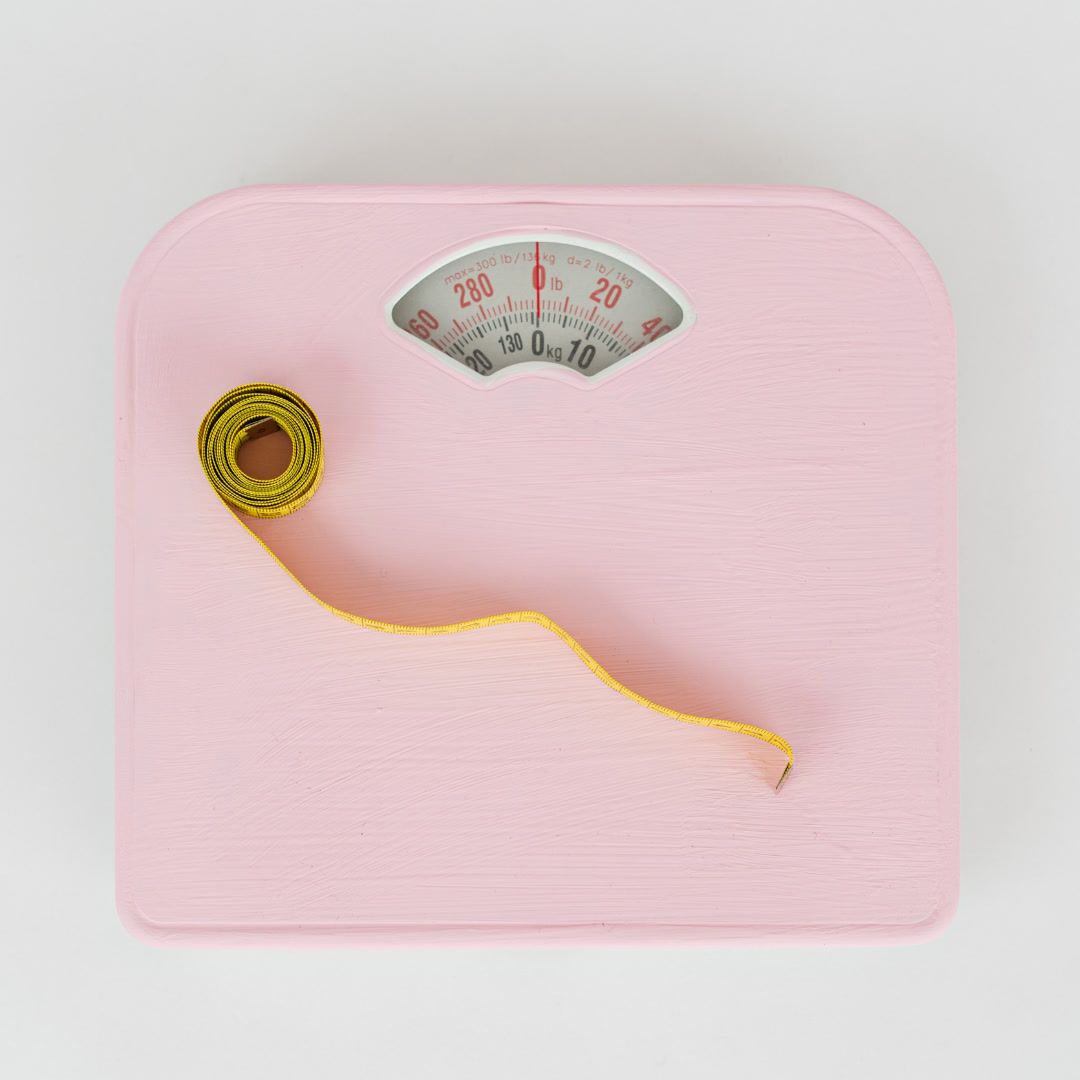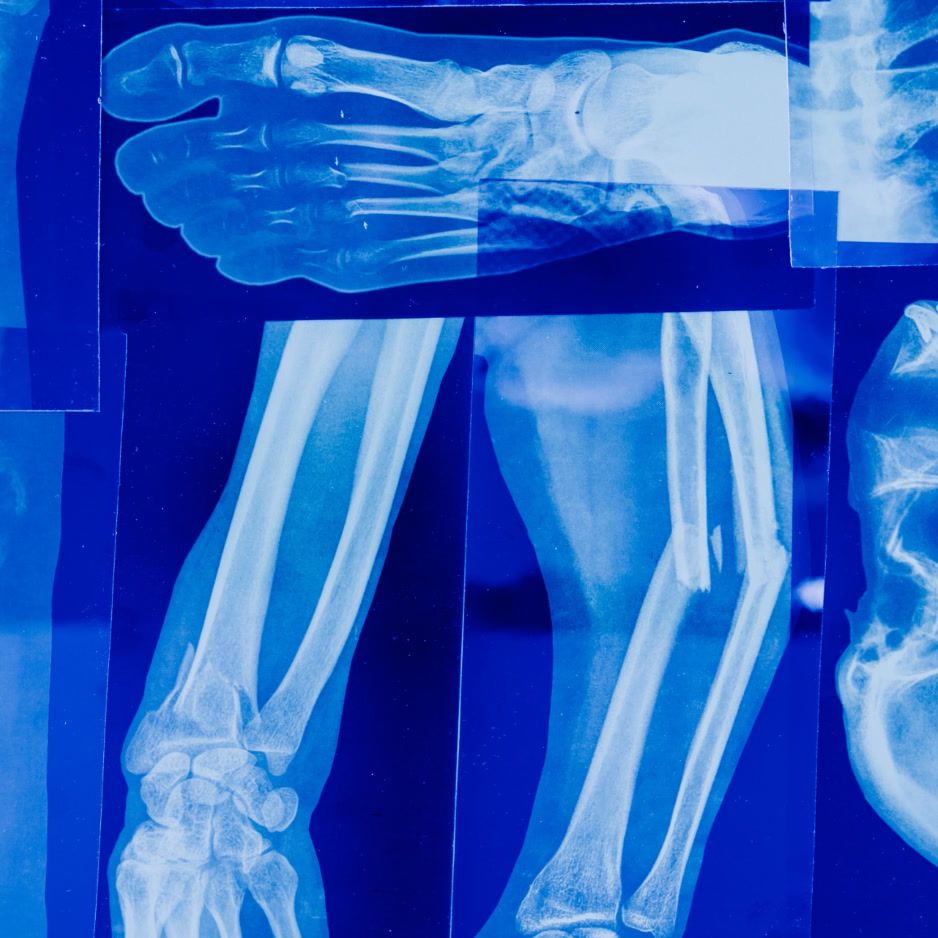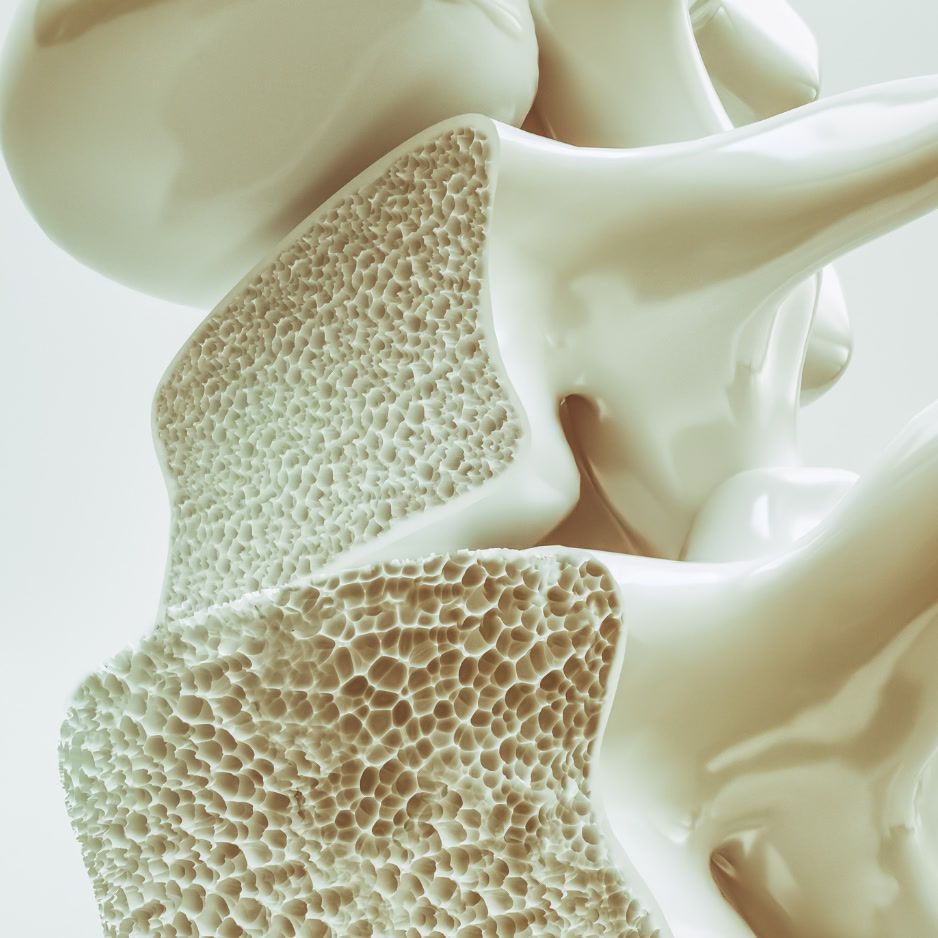Bikram Yoga Poses: Complete Guide to All 26 Postures
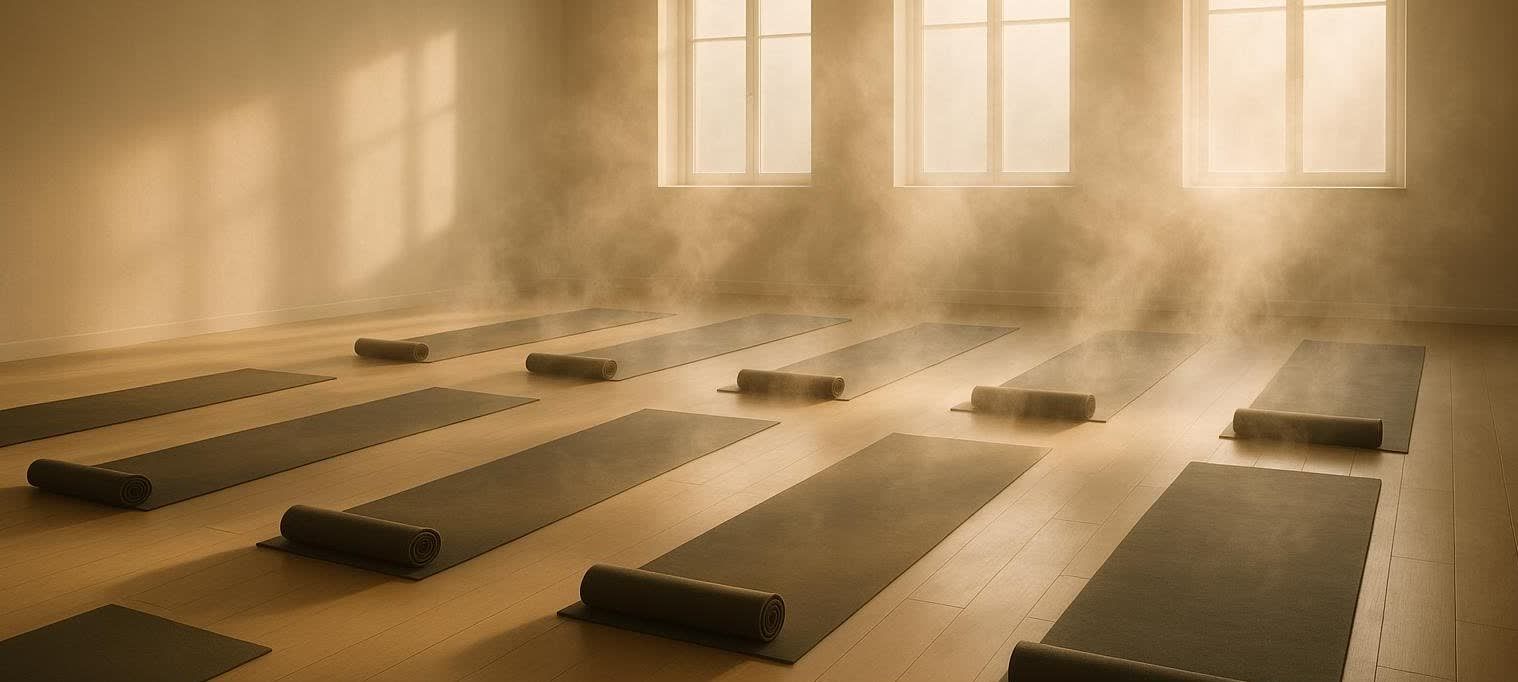
Bikram Yoga Poses: Complete Guide to All 26 Postures
Ever stepped into a 105°F studio only to wonder what on earth comes after Half-Moon Pose?
A classic Bikram class—nicknamed “26 & 2” because it pairs 26 postures with two breathing exercises—follows a strict 90-minute sequence. Mastering the order isn’t just studio etiquette; it’s the key to flowing safely, measuring progress, and reaping well-known benefits like better hamstring flexibility and increased functional strength.
This guide breaks down every pose in plain English and Sanskrit, explains primary muscle engagement, flags common mistakes, and offers beginner, intermediate, and advanced modifications. Bookmark it and turbo-charge your hot-room practice.
Fast-Track Pose Cheat Sheet
| # | English Name | Sanskrit Name(s) | Primary Focus | Quick Benefit |
|---|---|---|---|---|
| 1 | Standing Deep Breathing | Pranayama | Diaphragm, lungs | Warms body & centers mind |
| 2 | Half-Moon Pose & Hands-to-Feet | Ardha Chandrasana, Pada Hastasana | Obliques, lats, hamstrings | Spinal mobility & forward-fold traction |
| 3 | Awkward Pose | Utkatasana | Quads, glutes | Leg strength & ankle stability |
| 4 | Eagle Pose | Garudasana | Deltoids, adductors | Shoulder stretch & hip stability |
| 5 | Standing Head-to-Knee | Dandayamana Janushirasana | Core, hamstrings | Single-leg balance |
| 6 | Standing Bow-Pulling | Dandayamana Dhanurasana | Glutes, back extensors | Back strength & hip opener |
| 7 | Balancing Stick | Tuladandasana | Posterior chain | Total-body activation |
| 8 | Standing Separate-Leg Stretch | Dandayamana Bibhaktapada Paschimottanasana | Hamstrings | Spinal traction |
| 9 | Triangle | Trikonasana | Adductors, obliques | Hip mobility |
| 10 | Standing Separate-Leg Head-to-Knee | Dandayamana Bibhaktapada Janushirasana | Abs, hips | Throat compression & organ stimulation |
| 11 | Tree Pose | Vrikshasana | Glutes, adductors | Hip opening |
| 12 | Toe Stand | Prapadasana | Foot intrinsics | Ankle stability |
| 13 | Dead Body Pose | Savasana | Nervous system regulation | Heart-rate recovery |
| 14 | Wind-Removing Pose | Pavanamuktasana | Hip flexors, abs | Relieves gas |
| 15 | Sit-Up | — | Rectus abdominis | Core engagement |
| 16 | Cobra | Bhujangasana | Spinal extensors | Strengthens back |
| 17 | Locust | Salabhasana | Glutes, triceps | Upper-back strength |
| 18 | Full Locust | Poorna Salabhasana | Traps, hamstrings | Posture support |
| 19 | Bow | Dhanurasana | Quads, psoas | Opens chest |
| 20 | Fixed Firm | Supta Vajrasana | Quads, ankles | Knee & ankle mobility |
| 21 | Half Tortoise | Ardha Kurmasana | Lats, core | Calms nerves |
| 22 | Camel | Ustrasana | Spinal extensors | Improves posture |
| 23 | Rabbit | Sasangasana | Thoracic flexors | Lengthens spine |
| 24 | Head-to-Knee Pose & Seated Forward Fold | Janushirasana, Paschimottanasana | Hamstrings, back | Stimulates abdominal organs |
| 25 | Spine Twisting | Ardha Matsyendrasana | Obliques, glutes | Spinal mobility |
| 26 | Blowing in Firm | Kapalbhati | Abs, diaphragm | Cleansing breath |
Standing Series (Poses 1–12)
1. Standing Deep Breathing — Pranayama
Setup: Stand with your feet together and interlace your fingers beneath your chin. Inhale through the nose for a slow six-count as you lift your elbows toward the ceiling.
Alignment: Keep your spine tall while drawing your belly inward on every exhale.
Benefits: Warms the body, boosts lung capacity, and calms the nervous system.
Mods & Safety: Shorten the breath count to four if you feel light-headed.
2. Half-Moon Pose & Hands-to-Feet — Ardha Chandrasana & Pada Hastasana
Bikram counts three shapes as one continuous flow.
Part A – Half-Moon Side Bend (Ardha Chandrasana)
Begin standing tall with feet together and arms overhead, palms pressed. Inhale to lengthen your spine, then exhale and bend slowly to the right. Return to center on an inhale and bend to the left on the next exhale. Keep hips level and lengthen both sides of your waist before side-bending.
Part B – Standing Backbend
From center, inhale and lift the chest. As you exhale, press your hips forward while arching your upper back, maintaining weight in your heels with glutes and core engaged.
Part C – Hands-to-Feet Forward Fold (Pada Hastasana)
Hinge forward from the hips as you exhale, sliding your hands beneath your heels. Shift weight toward the toes and engage your quadriceps to protect the hamstrings while drawing your torso toward your thighs.
3. Awkward Pose — Utkatasana
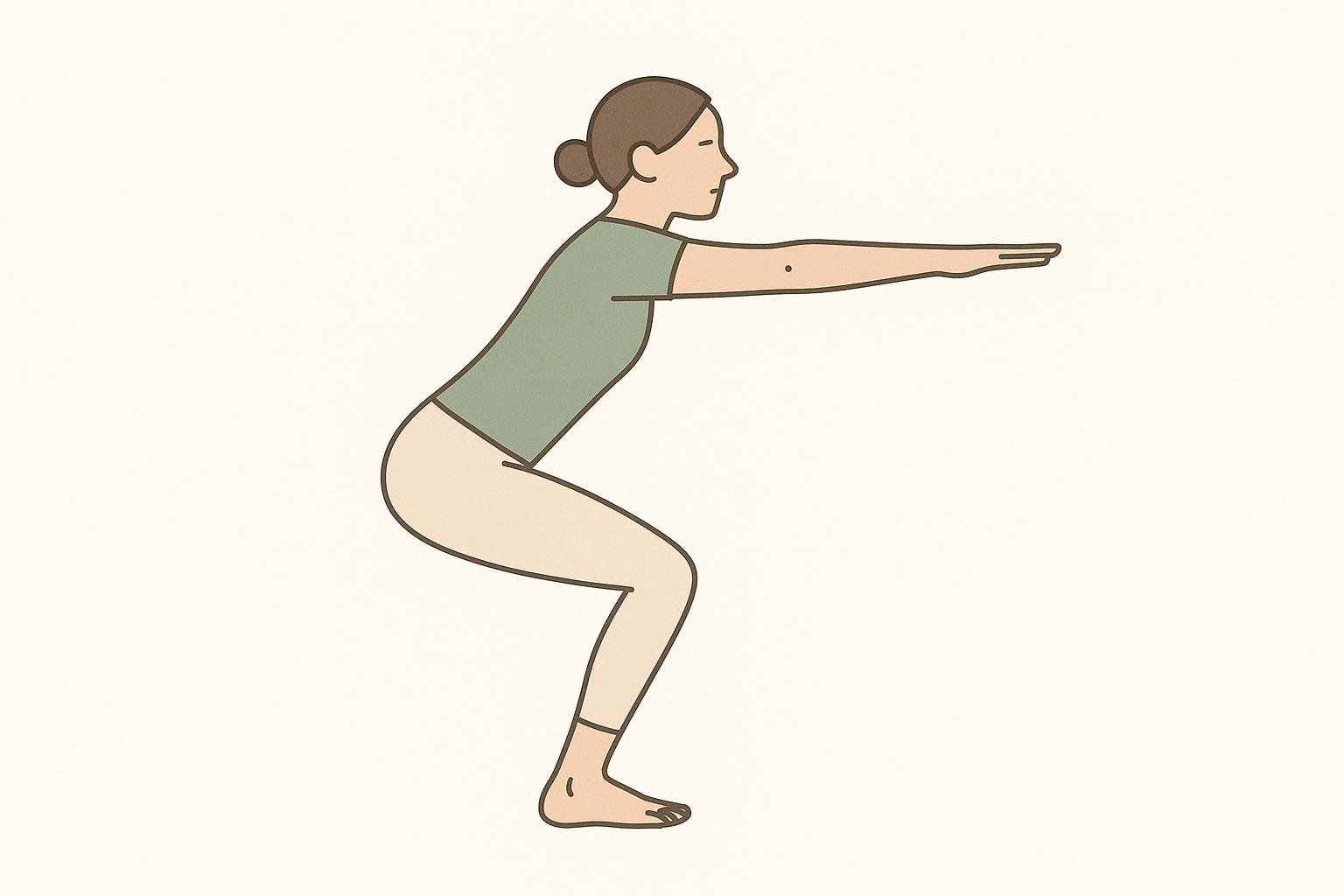
Setup: Step your feet about six inches apart with arms extended forward at shoulder height. As you inhale, sink your hips back and down as if lowering into a chair.
Alignment: Keep your chest lifted and ensure your knees track over the second toes.
Benefits: Strengthens quads and glutes while improving ankle stability.
Mods & Safety: Use a wall for balance or limit knee flexion if you feel discomfort.
4. Eagle Pose — Garudasana
Setup: Wrap your right arm under the left and intertwine at the elbows and wrists. Cross your right thigh over the left, hooking the right foot behind the left calf if possible.
Alignment: Lift your elbows to shoulder height, sit hips low, and squeeze inner thighs to engage adductors.
Benefits: Improves shoulder mobility, hip stability, and balance.
Mods & Safety: Rest the right toe on the floor instead of hooking if balance is challenging.
5. Standing Head-to-Knee — Dandayamana Janushirasana
Shift your weight onto the left leg and lift your right knee toward the chest. Grab the right foot with both hands, extend the leg forward, then round your spine and bring your forehead toward the knee. Lock the standing knee, square your hips, and engage the core.
Mods & Safety: Keep the lifted knee bent or use a strap; micro-bend the standing knee if you tend to hyperextend.
6. Standing Bow-Pulling — Dandayamana Dhanurasana
Hold the inside of your right ankle with your right hand while extending the left arm forward. Kick the right foot back and up, allowing the torso to lean forward so chest becomes parallel to the floor. Keep the hips square throughout.
Benefits: Opens shoulders, strengthens the back, and enhances hip extension.
Safety: Warm the shoulders beforehand; kick less if new to the pose.
7. Balancing Stick — Tuladandasana
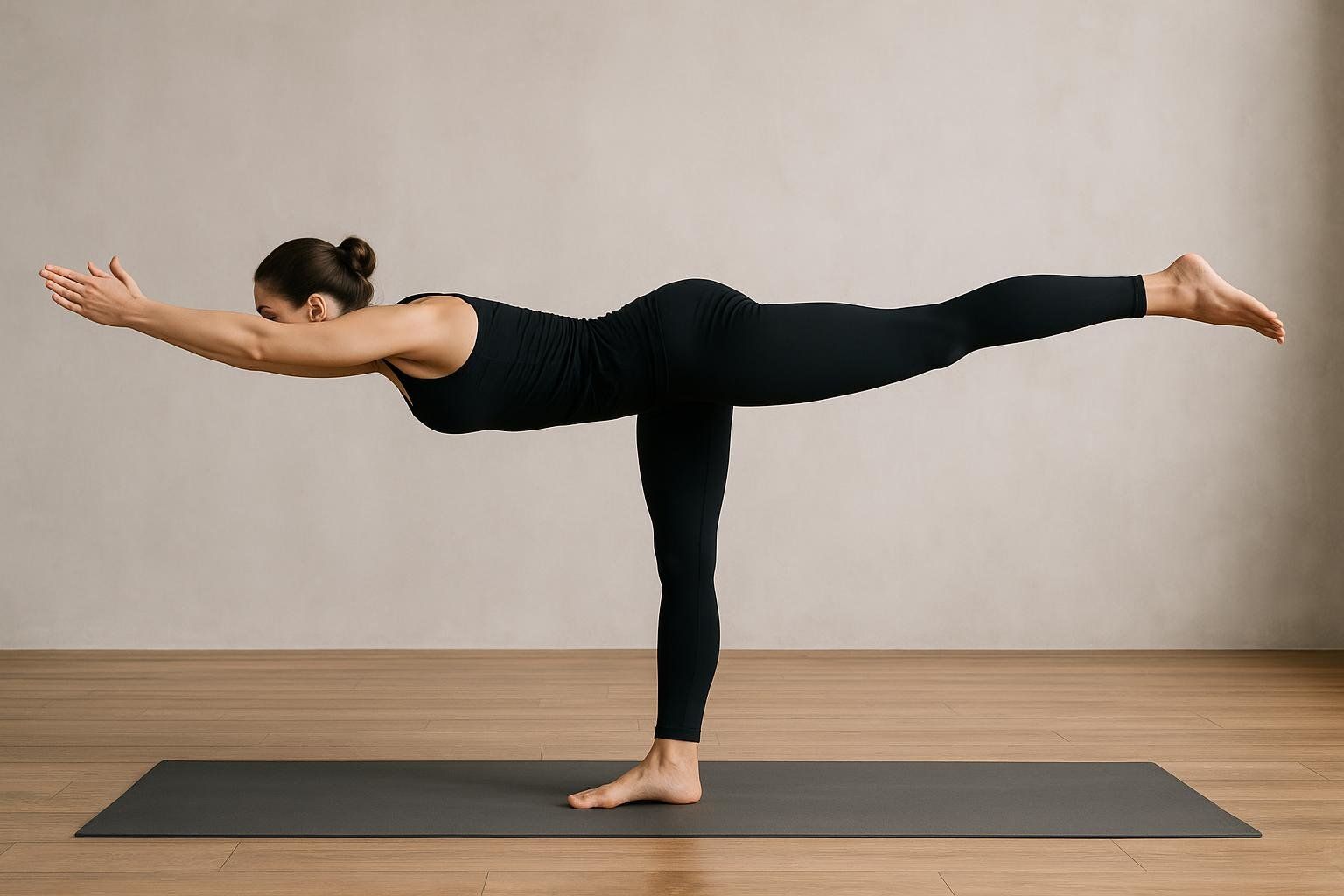
Reach both arms overhead with palms together, step the right foot forward, and on an exhale hinge forward until your body forms one straight line from fingertips to left heel.
Benefits: Provides total-body activation and a brief cardio spike.
Mods: Place hands on hips to simplify balance.
8. Standing Separate-Leg Stretch — Dandayamana Bibhaktapada Paschimottanasana
Step wide, fold forward from the hips, and grip the backs of your heels. Shift weight slightly toward the toes while engaging your quadriceps to support the hamstrings.
Benefits: Offers spinal traction, hamstring flexibility, and improved circulation.
Safety: Bend the knees slightly if hamstrings are tight.
9. Triangle — Trikonasana
From a wide stance, turn your right foot 90° and bend the right knee until the thigh is parallel to the floor. Reach the right elbow inside the bent knee while extending the left arm straight up, stacking the shoulders.
Benefits: Opens hips and strengthens the core while stimulating digestion.
Mods: Place the forearm on the thigh if reaching the floor strains the back.
10. Standing Separate-Leg Head-to-Knee — Dandayamana Bibhaktapada Janushirasana
Turn your right toes inward about 45° and square the hips. Exhale as you round the spine over the right leg, drawing your forehead toward the knee and engaging the abdomen.
Safety: Bend the front knee or place fists under the forehead if hamstrings or low back feel strained.
11. Tree Pose — Vrikshasana
Lift your right foot and press the sole against your inner left thigh. Bring hands to prayer at the chest while keeping hips square and spine tall.
Benefits: Enhances hip opening, balance, and postural awareness.
Safety: Avoid pressing the foot directly into the knee joint.
12. Toe Stand — Prapadasana
From Tree Pose, hinge forward and place fingertips on the floor, then rise onto the ball of the standing foot and bring hands to prayer. Keep the spine upright and gaze steady.
Mods: Stay in Tree or use blocks if ankle stability is limited.
Floor Series (Poses 13–26)
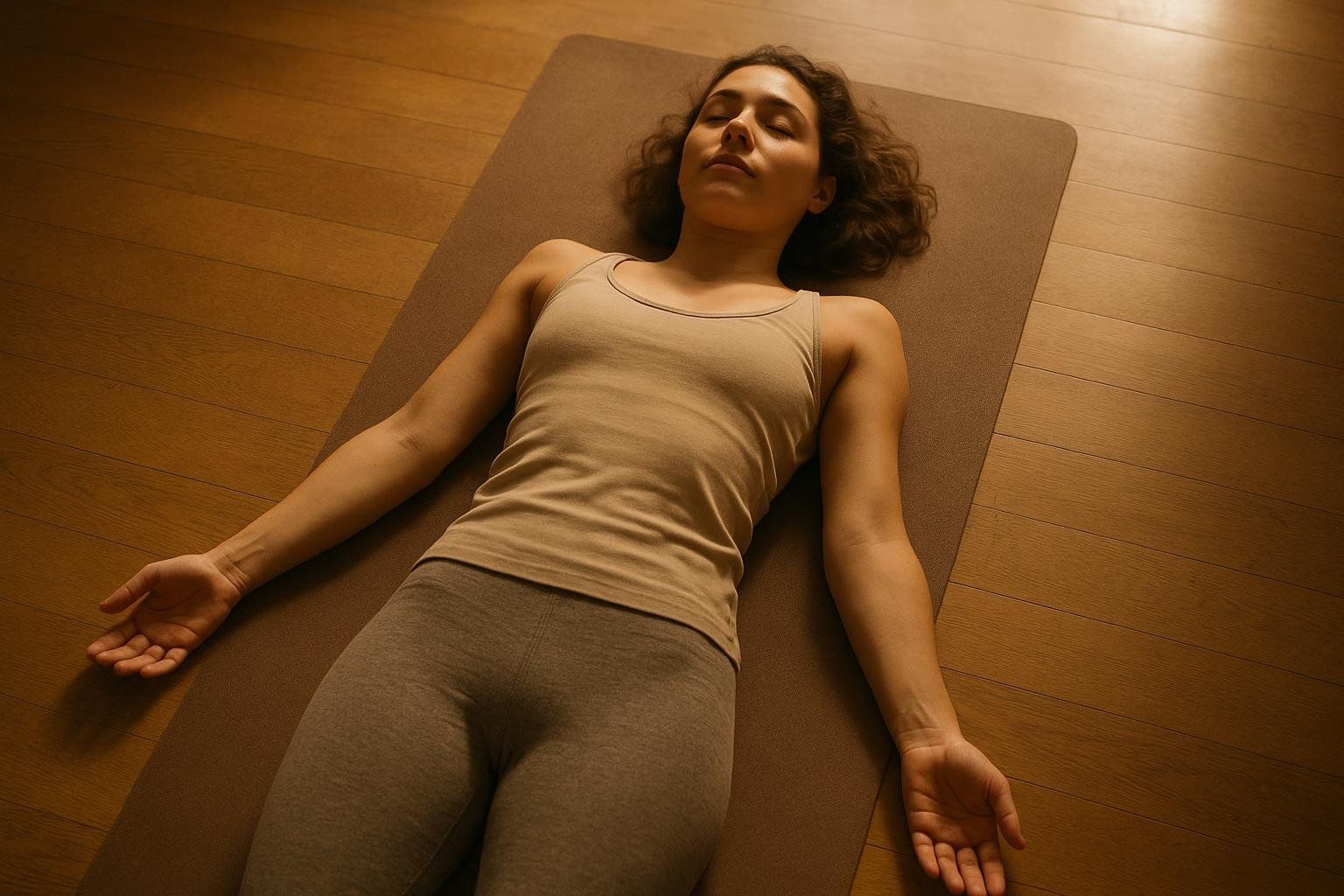
13. Dead Body Pose — Savasana
Lie flat on your back with heels falling outward and palms facing up. Allow the entire body to relax, breathing naturally to normalize heart rate and reset the nervous system.
14. Wind-Removing Pose — Pavanamuktasana
Hug your right knee to the chest while keeping the left leg extended. Switch sides, then draw both knees in together, pressing the low back into the mat to massage the colon and ease lower-back tension.
15. Sit-Up
From Savasana, flex the feet and reach arms overhead. Inhale deeply, then exhale as you engage the core, sit up, grasp your toes, and fold forward, leading with the chest. Move smoothly without jerking.
16. Cobra �— Bhujangasana
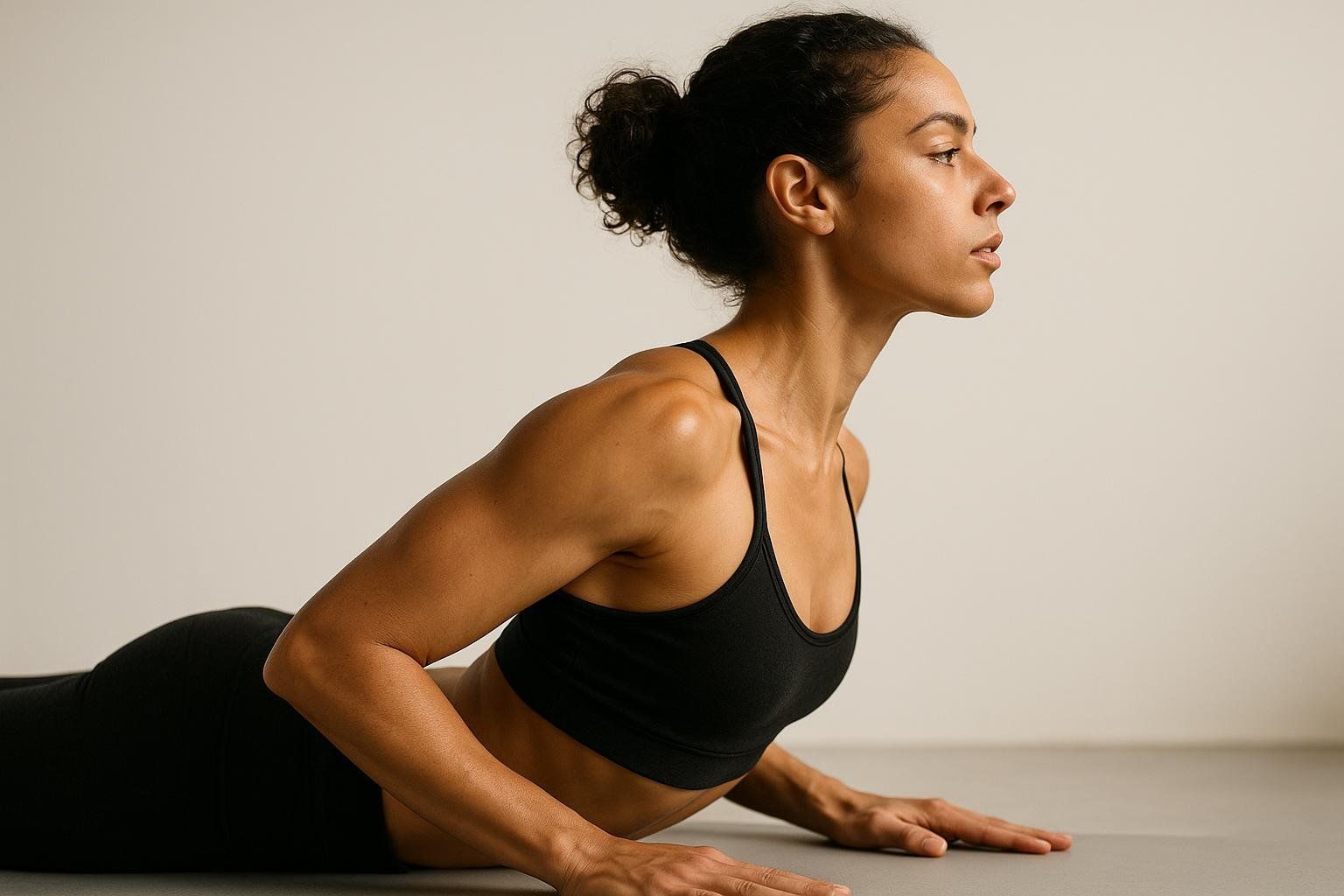
Lie prone with palms under shoulders and elbows hugging the ribs. On an inhale, press the chest up while keeping hips rooted to strengthen the lower back and open the chest. Lift only to the elbows if lumbar discomfort arises.
17. Locust — Salabhasana
Slide your hands palms-down beneath the thighs. Lift the right leg, then the left, and finally both legs together, keeping them straight and pointing the toes back. This counters prolonged sitting by activating the posterior chain.
18. Full Locust — Poorna Salabhasana
Sweep your arms out like airplane wings as you lift the chest and legs together, engaging the traps, rhomboids, and hamstrings to build upper-back strength and open the chest.
19. Bow — Dhanurasana
Bend both knees, reach back to grab the ankles, and kick up and back, pressing the belly into the mat. Maintain knees hip-width to protect the lumbar spine while opening the entire front body.
20. Fixed Firm — Supta Vajrasana
Kneel with knees together and feet slightly wider than hips. Sit between your heels, then gradually recline to elbows and shoulders, lengthening the quads and hip flexors. Sit on a block or remain upright if knees feel strained.
21. Half Tortoise — Ardha Kurmasana
Sit on heels, extend arms overhead, and hinge forward, placing the forehead on the mat while keeping hips anchored to heels. This gentle inversion calms the nervous system and lengthens the spine.
22. Camel — Ustrasana
Kneel hip-width apart with hands supporting the lower back. Press hips forward, lift the chest, and reach for the heels, dropping the head last to open the entire front body. Rise slowly to avoid dizziness.
23. Rabbit — Sasangasana
Sit on heels, grab the heels with hands, tuck the chin, and lift hips, rolling onto the crown toward the knees while pulling the heels upward to decompress the spine.
24. Head-to-Knee Pose & Seated Forward Fold — Janushirasana & Paschimottanasana
Part A – Janushirasana
Extend your right leg straight and place the sole of the left foot against your inner right thigh. Inhale to lengthen the spine, then exhale, hinge forward from the hips to clasp the foot, and gently round the upper back toward the knee. After holding the pose, return to center and repeat the sequence on the left side before continuing.
Part B – Paschimottanasana
Extend both legs, inhale arms overhead, and exhale to fold forward, clasping the feet while keeping the spine long and shoulders broad. Bend the knees or use a strap if needed.
25. Spine Twisting — Ardha Matsyendrasana
Sit tall with the right leg extended and left foot placed outside the right knee. Hook the right elbow outside the left knee and twist to the left while lengthening through the crown. Repeat the twist on the opposite side to maintain spinal balance.
26. Blowing in Firm — Kapalbhati Breathing
Sit on heels with hands resting on thighs. Exhale sharply through the nose, snapping the belly inward, then allow a passive inhale. Continue rhythmic pumping to cleanse the lungs and energize the body. Slow the pace if you feel light-headed, and skip if pregnant or managing uncontrolled hypertension.
Proven Benefits: What the Research Says
An eight-week randomized trial in young adults found Bikram practitioners increased deadlift strength by 20 % and hamstring flexibility by 13 % compared with non-yoga controls (Tracy & Hart 2013). Translation: hot yoga isn’t just about sweating buckets—it builds functional muscle and range of motion.
For more flexibility science, explore our guide on Increasing Flexibility With Yoga and Pilates.
Heat-Room Safety Checklist
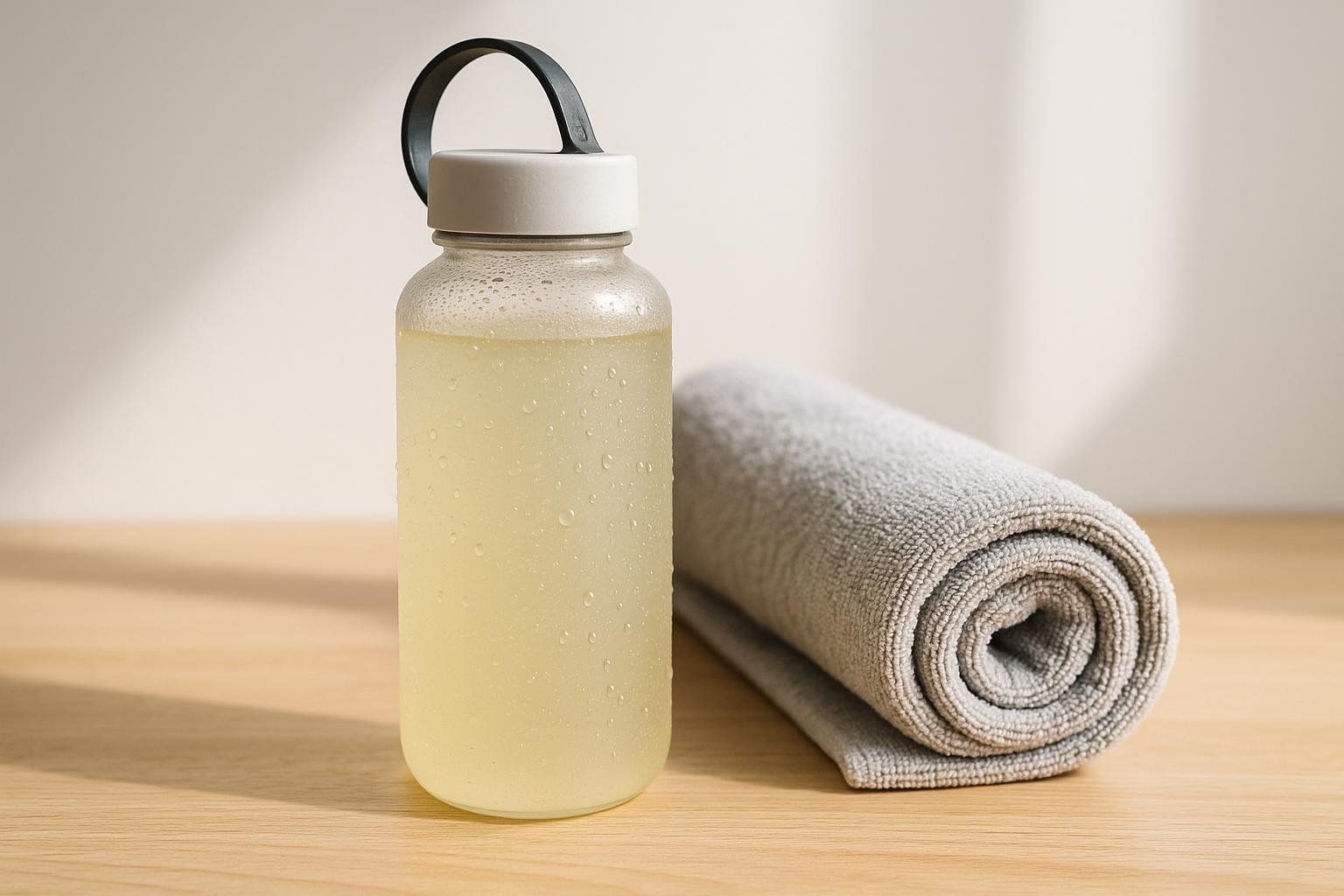
• Hydrate: Drink 16–24 oz of an electrolyte beverage two hours before class.
• Acclimate Gradually: Stand near a vent or door for your first few sessions.
• Listen to Dizziness: Sit or lie down immediately if vision blurs.
• Post-Class Re-Fuel: Replace sodium and carbohydrates promptly.
• Scan Your Progress: After a 30-day challenge, book a DEXA scan to quantify body-comp changes.
Next Steps: Build Your Personalized Hot-Yoga Plan
• Beginners: Attend two classes weekly and pair them with recovery mobility—start with our Mobility Drills.
• Intermediate: Add resistance-band glute and core work to support deeper backbends.
• Instructors: Share this guide in class and join BodySpec’s affiliate program for discounted scans.
Key Takeaways
• Bikram’s 26 poses target every major muscle group.
• Research documents measurable strength and flexibility gains in as little as eight weeks.
• Hydration, precise alignment, and gradual progression keep you safe.
Ready to track how hot-room gains reshape your body composition? Schedule your DEXA scan now.
